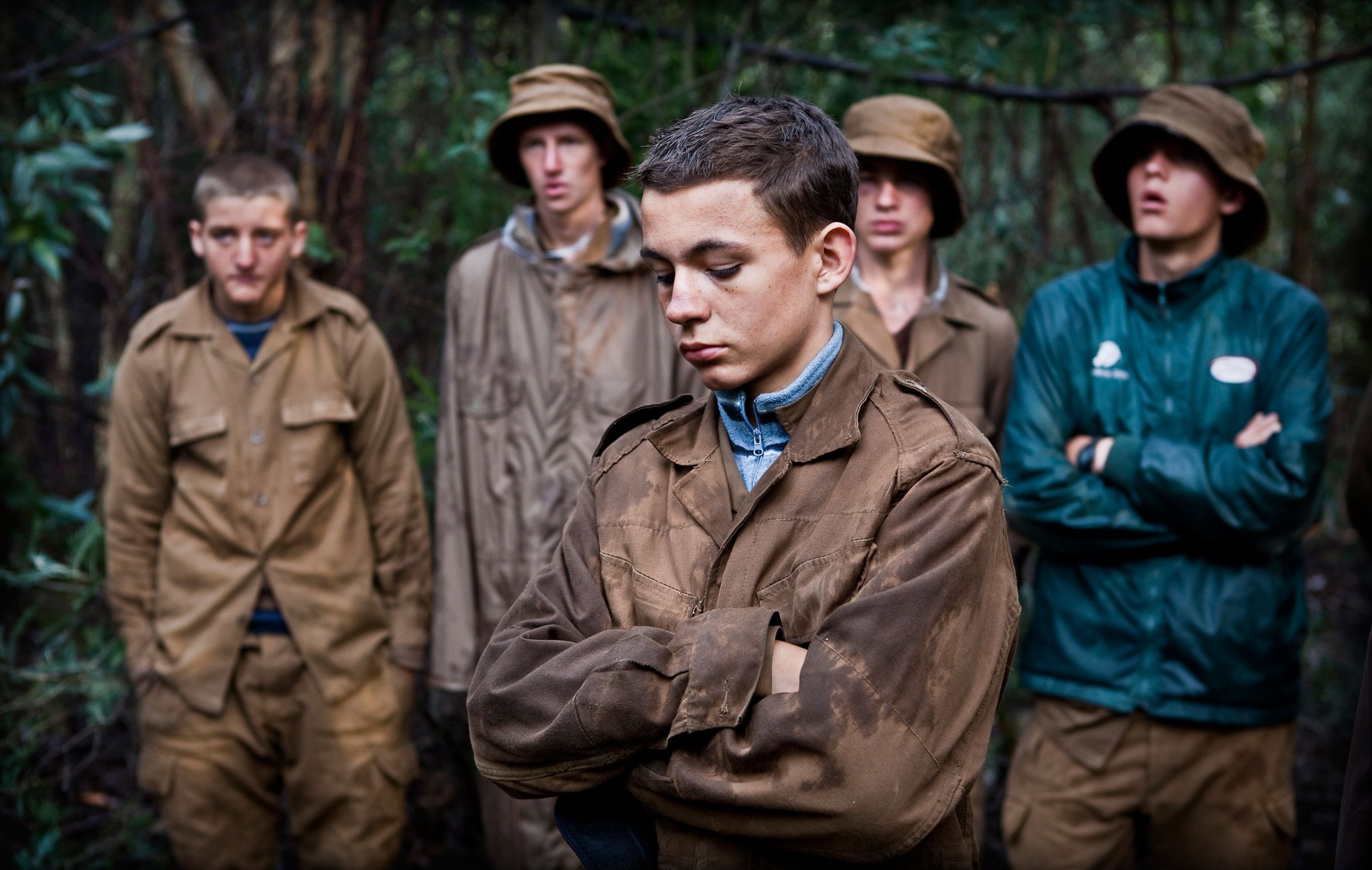
When Dylann Storm Roof, the suspect in last week’s mass shooting at Emanuel African Methodist Episcopal Church in Charleston, South Carolina, told his victims that black people “are raping our women and taking over the country,” he was echoing a belief held by white nationalists worldwide, who feel that their way of life is under threat from people of color, be they in the United States, Europe or South Africa.
Roof is thought to have penned an inchoate manifesto laying out fears of a “white genocide” in the days leading up to the attack. On a Facebook page attributed to him he can be seen stomping on the American flag, and proudly wearing the flags of white-ruled Rhodesia and apartheid-era South Africa.
In South Africa, the old flag on the jacket of Dylann has created uproar and discussion. A lot of people don’t want South Africa to be linked to what happened in Charleston, and say that even the old flag has nothing to do with hate crimes. Still, South African columnist Max du Preez feels there is a link to be made: “No, apartheid didn’t aim to wipe out black South Africans. But that doesn’t change the fact that apartheid was an extremely violent ideology and state policy. In short: at the heart of apartheid was the belief that a black life was worth less than a white life. Dylann Roof believes that too,” he wrote for the South African website News 24.
It is unlikely that Roof had any direct connection to South Africa, but the ideology of white primacy, and whites under threat that may have inspired his actions on the night of June 17 still exists in a country that only 25 years ago brought an end to the legal separation of blacks from whites. Though rare, there are still white communities in South Africa who believe that separation must be maintained.
Photographer Ilvy Njiokiktjien and writer Elles van Gelder followed a group of white South African teens, who attended a camp designed to enforce those beliefs.
After a three-hour drive from Johannesburg the boys, aged between 13 and 19, spill from the bed of a rusty truck, lugging huge bags full of military clothing. “There are old blood stains on my uniform,” one of them says, as he trades his sneakers for army boots. Shouted orders ring out. Groaning, the boys raise 15-foot tent poles among the cow paddies dotting the grassland. The large army tent will be their home for the next nine days. South African teenagers often go to camp during school holidays to learn how to start fires, build huts and identify animal tracks. But this survival camp is different. Here, the focus is on the survival of white South Africans.
The participants are all Afrikaners, descendants of Dutch, German and French colonists. They are also all children of the “born-free” generation, born after 1990 into a multiracial South Africa. “I don’t know what apartheid is,” 13-year-old Jano, the youngest member of the camp, says. “But a long time ago, Nelson Mandela made it so everyone has the same rights.”
Their position as the first generation of whites after apartheid in South Africa makes them an interesting demographic. According to Professor Eliria Bornman at South Africa’s UNISA university many of them feel unsure about their place in their homeland. “They have a strong Afrikaner identity and they are struggling to determine their position in South Africa,” she says. “There’s a great deal of anger, too. They know they’re different from the rest of the population.”
That anger is fueled in part by positive discrimination, which has made it harder for white youth to find jobs and which fans the flames of racism. Many of them feel unwanted. “Anyone [in authority] can take their frustration and channel it in a negative way,” Bornman says.
The boys run from the army tent to the mess hall. Before them, under the glare of fluorescent lighting, stands 57-year-old Franz Jooste. Army decorations gleam on his uniform; Jooste fought in the old apartheid army. “We’re going to make men of you all,” he says in Afrikaans.
Jooste is the head of the Kommandokorps, a little-known but potentially dangerous extreme right-wing group. On its website, the Kommandokorps describes itself as an elite organization, “protecting its own people” in the event of an attack, necessary “because the police and the military cannot provide help quickly enough”. The organization claims to have trained more than 1,500 young white Afrikaners in defence skills since 2000. Jooste, who spreads his message via email and newsletters, says that 40 per cent of boys sign up themselves. The rest are volunteered by their parents.
Kommandokorps feeds on anxiety. Though the national crime rate is dropping, South Africans are increasingly anxious. Every year, 16,000 murders are committed and 200,000 assaults with intent to cause bodily harm. The violence breeds a sense of fear. As a result, farmers organise themselves into countryside militia that patrol at night to ensure their cattle are not stolen, urban residents form neighborhood watches, and every South African (white and black) who can afford it hires a private security company that will send an armed response team to his home when the alarm goes off. All of which provides fertile ground for an organisation such as the Kommandokorps. “We always have to lock our doors at night,” 18-year-old Nicolas says. “This camp will teach me how to protect my father and mother and little brother and sister.” But the group’s leader has a greater objective.
It is 4:30 on the first morning of camp. The boys are sent out on a one-and-a-half mile run in their heavy army boots, down a rocky country road filled with potholes. Sixteen-year-old E. C. is in the middle of the exhausted troop. Though not one of the youngest present, he is one of the smallest, a childlike teenager who is primarily excited at being able to shoot his paintball gun. “I want to be able to defend myself. And I am also doing this for my paintball career,” he says with a smile.
At 18, Riaan is more self-assured. “I want to learn how to camouflage myself in the field,” he says. As we talk about their country, the teenagers say they believe in the idea of South Africa, the “rainbow nation”. “People generally get along pretty well,” Riaan says. “We have to fight racism.” E. C. has two black friends, Thabang and Tshepo. “I don’t like racism,” he says.
Yet some of the older generation’s fears are visible in these boys, even though they were born after the end of apartheid. “I’m terrified to walk past black people,” Jano says. E.C. adds he would never marry a black woman. The boys seem trapped between the ideas their parents have passed on to them and what they learn at their mixed-race schools.
Leader Jooste sits in the mess hall and looks through the glasses on his nose at the following day’s programme. Kitsch paintings of buffalos, elephants and rhinos hang on the wall. The wicker furniture is covered in zebra-print fabric. Jooste is a proud veteran. He fought along South Africa’s borders with Zimbabwe and Mozambique and in Angola in the 1970s and is scarred by what he calls treason. While he was fighting for the white regime, his leaders were making peace with Nelson Mandela. “Aside from the Aborigines in Australia, the African black is the most underdeveloped, barbaric member of the human race on Earth,” he tells the boys during one of his lectures.
Few of South Africa’s 4.6 million whites (in a population of almost 52 million) share Jooste’s desire to return to the past. The majority of whites support the new democratic South Africa. “There are a few right-wing splinter groups, though I think they have no more than a thousand active members,” says Professor Hermann Giliomee, a historian specializing in Afrikaners.
The most prominent is the Afrikaner Weerstandbeweging or AWB (Afrikaner Resistance Movement), with which Jooste shares certain ideological views, but that organisation has lost momentum since the murder of its leader, Eugène Terre’Blanche in 2010. As the voice of hardcore Afrikaners has become quieter, men like Jooste have become more desperate to preserve, as he sees it, the Afrikaner identity – its culture, language and symbols. That means cultivating a new generation.
Jooste is lecturing in the mess hall. “Who is my enemy in South Africa? Who murders, robs and rapes?” His cadets sit cross-legged on the ground. “Who are these creatures?” he asks. “The blacks.” He goes on to tell the boys that black people have a smaller cerebral cortex than whites, and thus cannot take initiative or govern effectively.
Jooste boasts that it will take him just an hour to change the boys’ minds. “Then they’ll know they aren’t part of the rainbow nation, but part of another nation with an important history.” He picks up the South African flag, which was adopted in 1994, and lays it before the entrance to the mess hall like a doormat. He orders the boys to wipe their filthy army boots on it. They laugh uncertainly, then they do as they are told. Jooste tells them that they should love the old South African flag and the old national anthem.
Indoctrination takes root best in exhausted minds and hungry bodies. Outside, the cadets are made to crawl across the ground, army-style, gripping a wooden beam they call “sweetheart” in their arms, their knuckles bleeding. “Persevere! You’ve got to learn to persevere,” Jooste shouts. The sound of crying rises from the rearmost ranks. Jooste’s assistants, older members of the Kommandokorps, grin as they take photos of the boys with their mobile phones. It feels almost sadistic.
E. C. is struggling. The beam weighs almost a third as much as he does. The nights, too, are hitting him hard. “We sleep on the ground and our sleeping bags get wet. In three nights, I’ve slept six hours. Every day I think about giving up.”
Frans Cronje, director of the Institute for Race Relations, insists that “relations between black and white are civil” in South Africa, but while he dismisses Kommandokorps as a extremist fringe, he believes that the camp nonetheless represents a real concern. Jooste’s message is that conflict between whites and blacks is just around the corner. “I think we’re sitting on a time bomb here in South Africa,” Jooste says. “It’s inevitable that something is going to happen in this country, because there is discord.”
Cronje’s worry is that it only takes one boy to act upon Jooste’s words for there to be a serious incident. “When you convince a child that blacks are the enemy, the danger is that he will act upon it. He gets a gun, climbs onto a bus full of black schoolchildren, and shoots 20 of them dead. That’s a realistic danger. It’s brainwashing, and it’s easy to do.”
At camp, the young faces are increasingly marked by exhaustion as the days pass, yet the boys seem to grow more and more confident. “The training has taught me that you should hate black people,” E. C. says. “They kill everyone who crosses their path. I don’t think I can be friends with Thabang and Tshepo any more.”
Riaan repeats what he has learned in nine days almost word for word. “There’s a war going on between blacks and whites,” he says. “A lot of blood will flow in the future. I definitely feel more like an Afrikaner now. I feel the Afrikaner blood in my veins.”
Jooste maintains that he doesn’t want to force the boys in any particular direction and just wants to teach them how to defend themselves. “All we want to do is channel the feeling they already carry within them. We don’t want them to hate. We just want them to love their own culture, traditions and symbols, and to fight for independence and freedom.” As he prepares to leave camp on the final day, Riaan appears to have absorbed Jooste’s message: “This is my country,” he says. “I will fight for it.”
Ilvy Njiokiktjien is a freelance news and documentary photographer based in The Netherlands.
Elles van Gelder is a Dutch freelance writer based in Johannesburg, South Africa.
With reporting by Aryn Baker, TIME’s Africa correspondent.

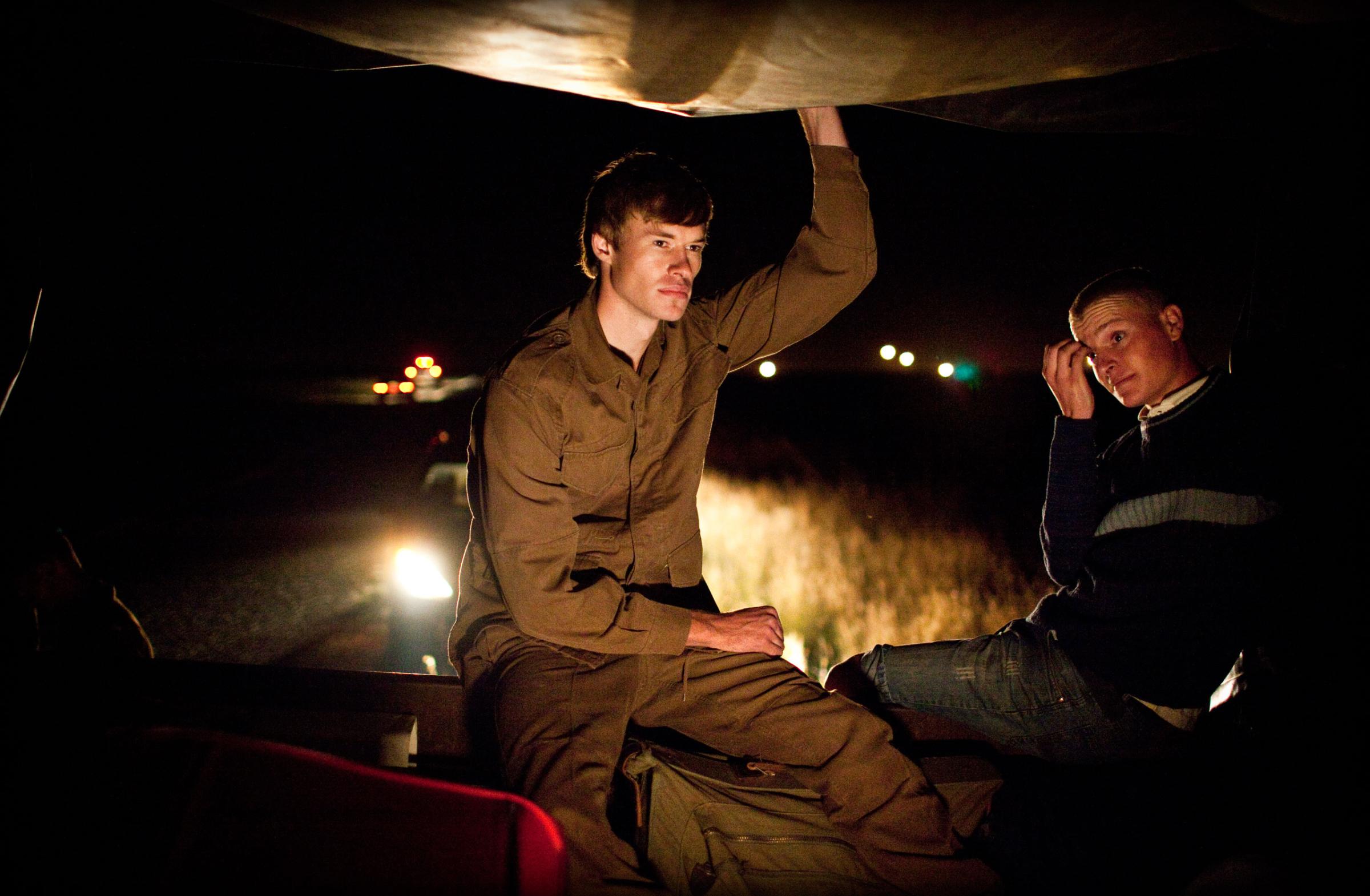


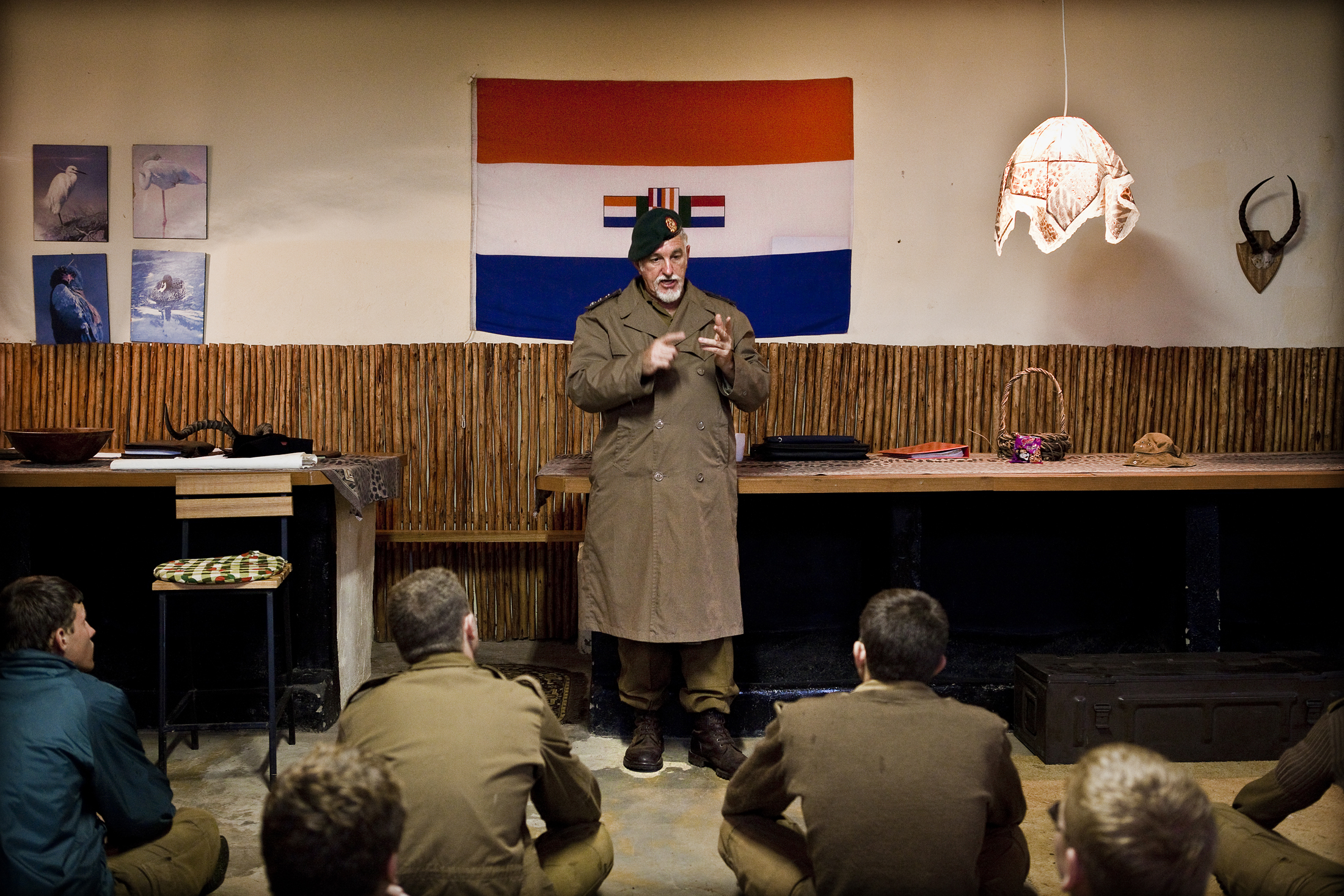





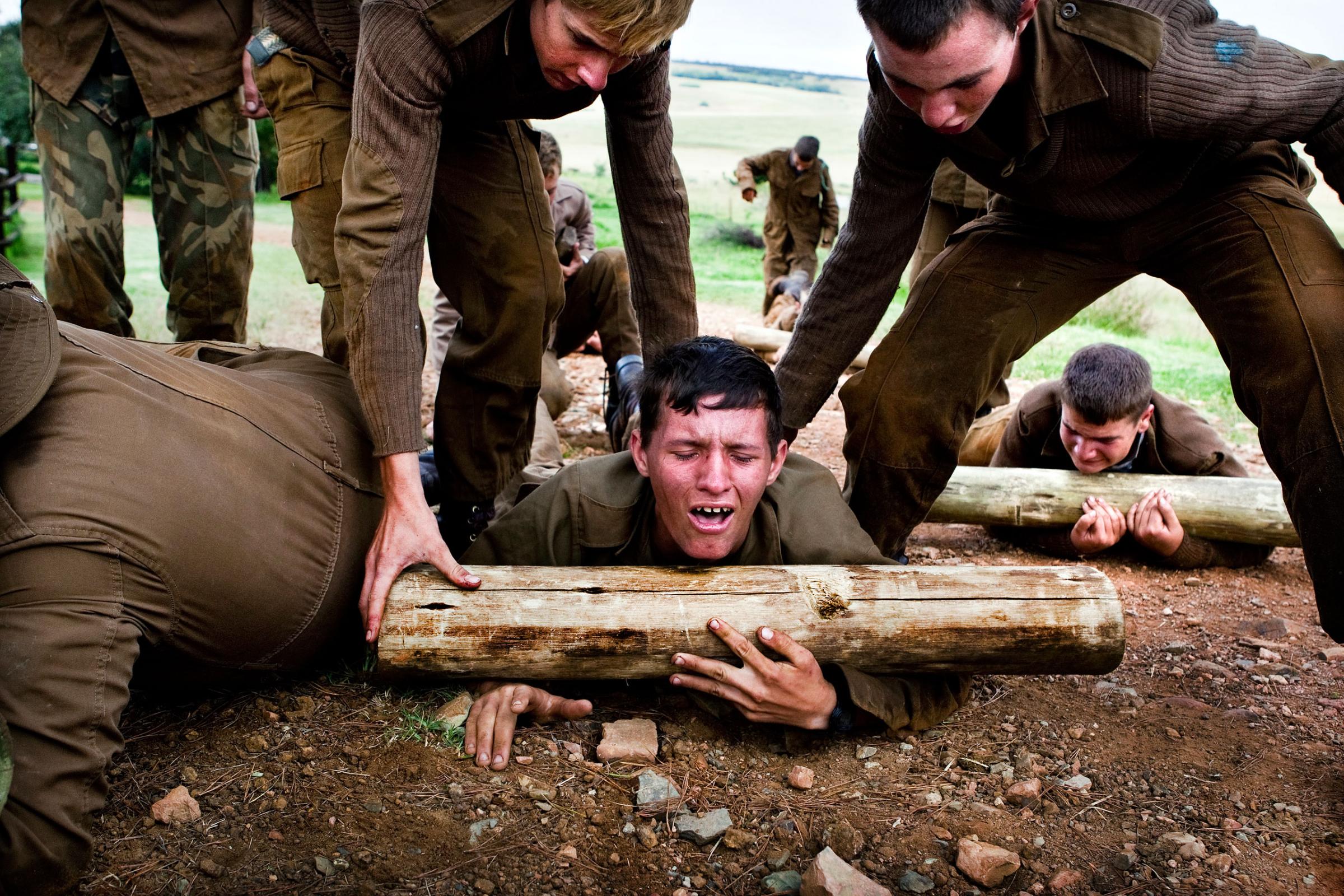
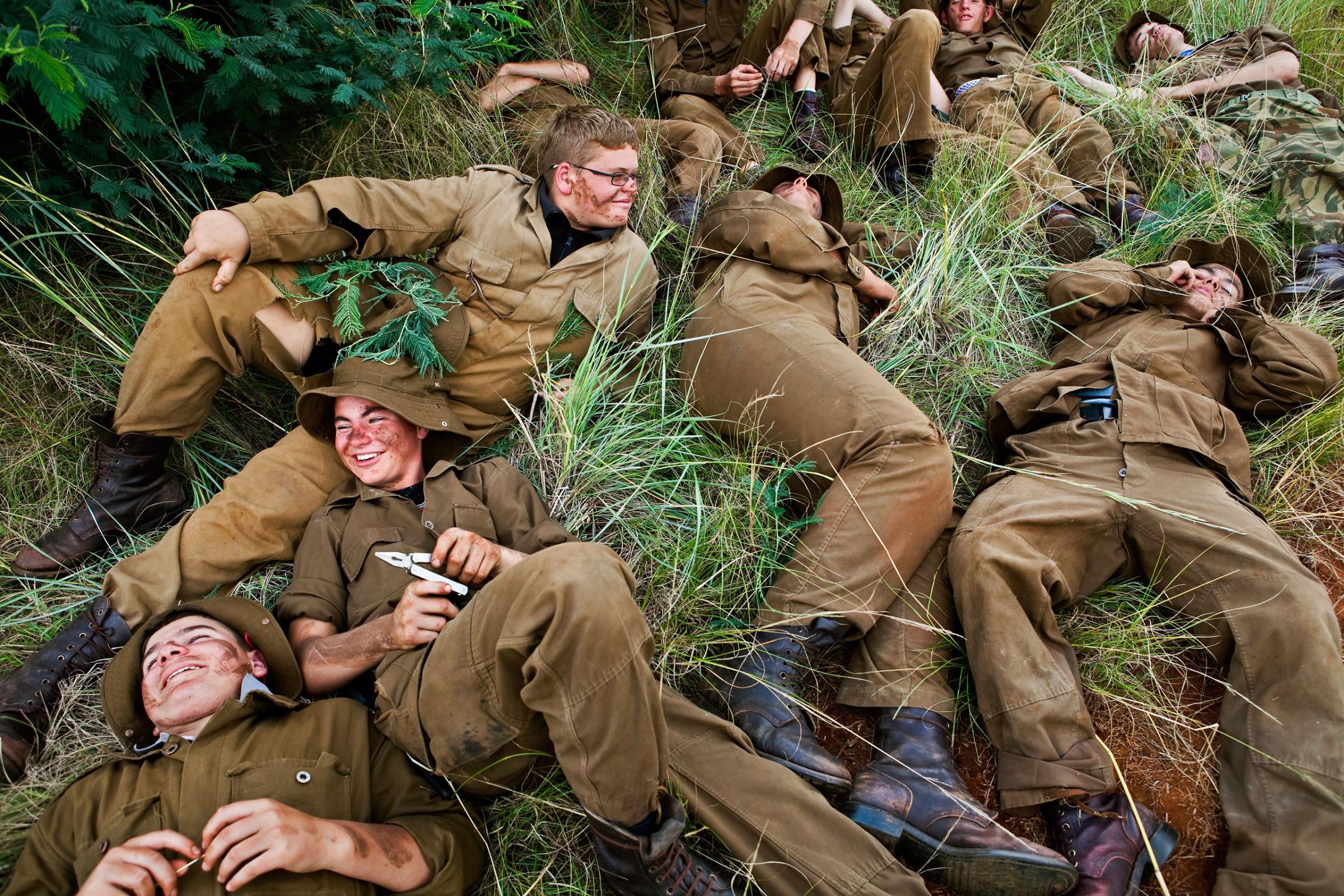
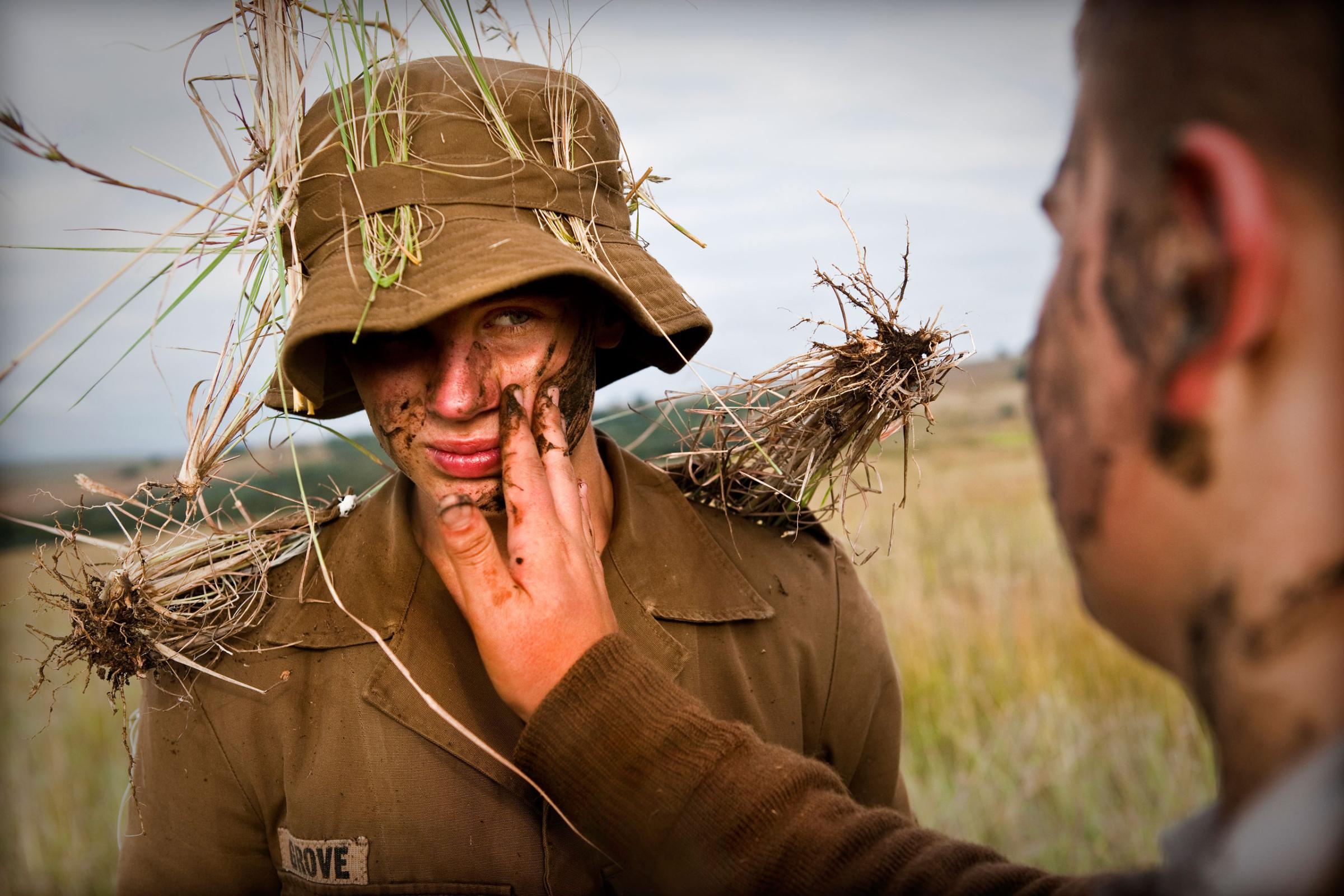



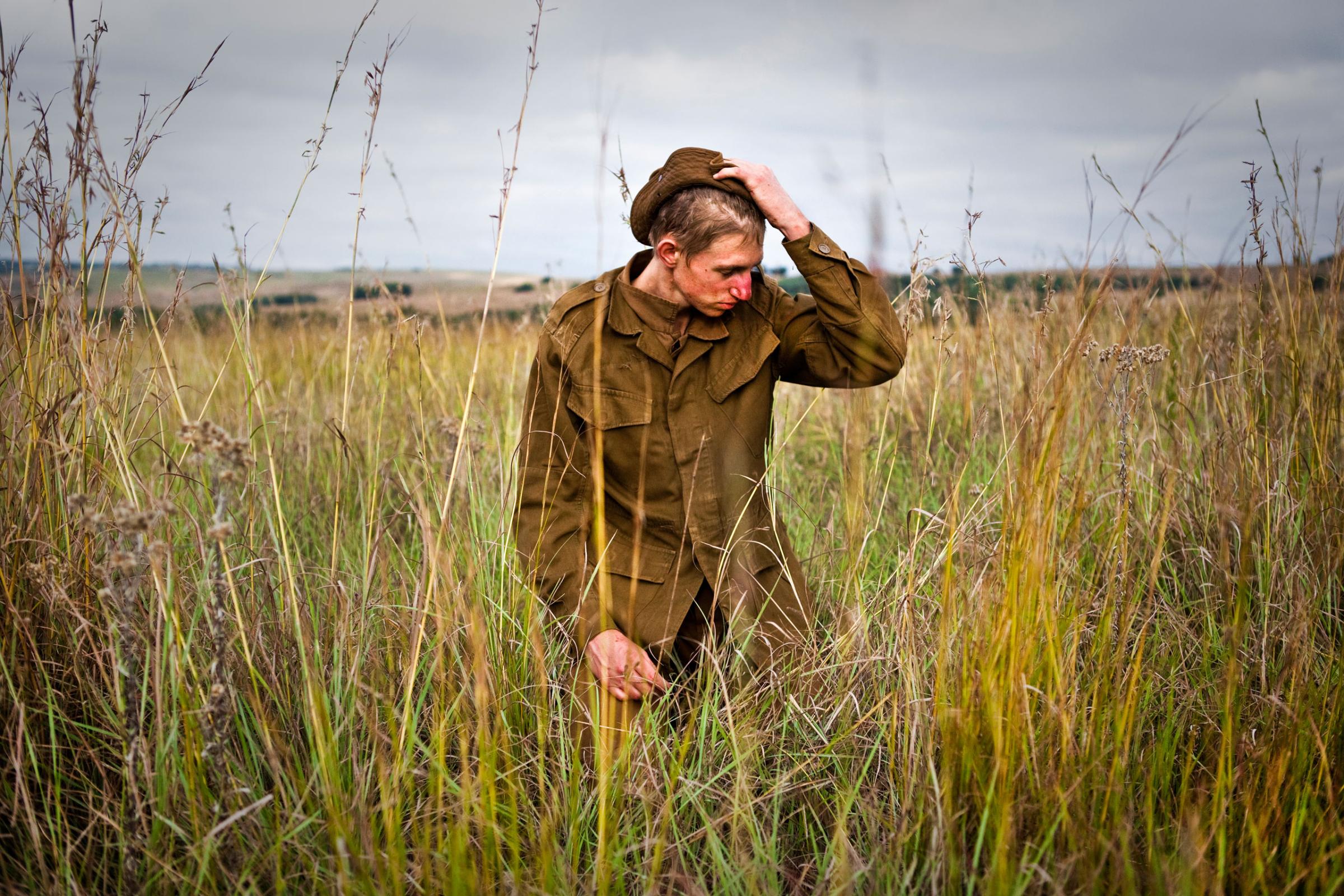

More Must-Reads from TIME
- Where Trump 2.0 Will Differ From 1.0
- How Elon Musk Became a Kingmaker
- The Power—And Limits—of Peer Support
- The 100 Must-Read Books of 2024
- Column: If Optimism Feels Ridiculous Now, Try Hope
- The Future of Climate Action Is Trade Policy
- FX’s Say Nothing Is the Must-Watch Political Thriller of 2024
- Merle Bombardieri Is Helping People Make the Baby Decision
Contact us at letters@time.com